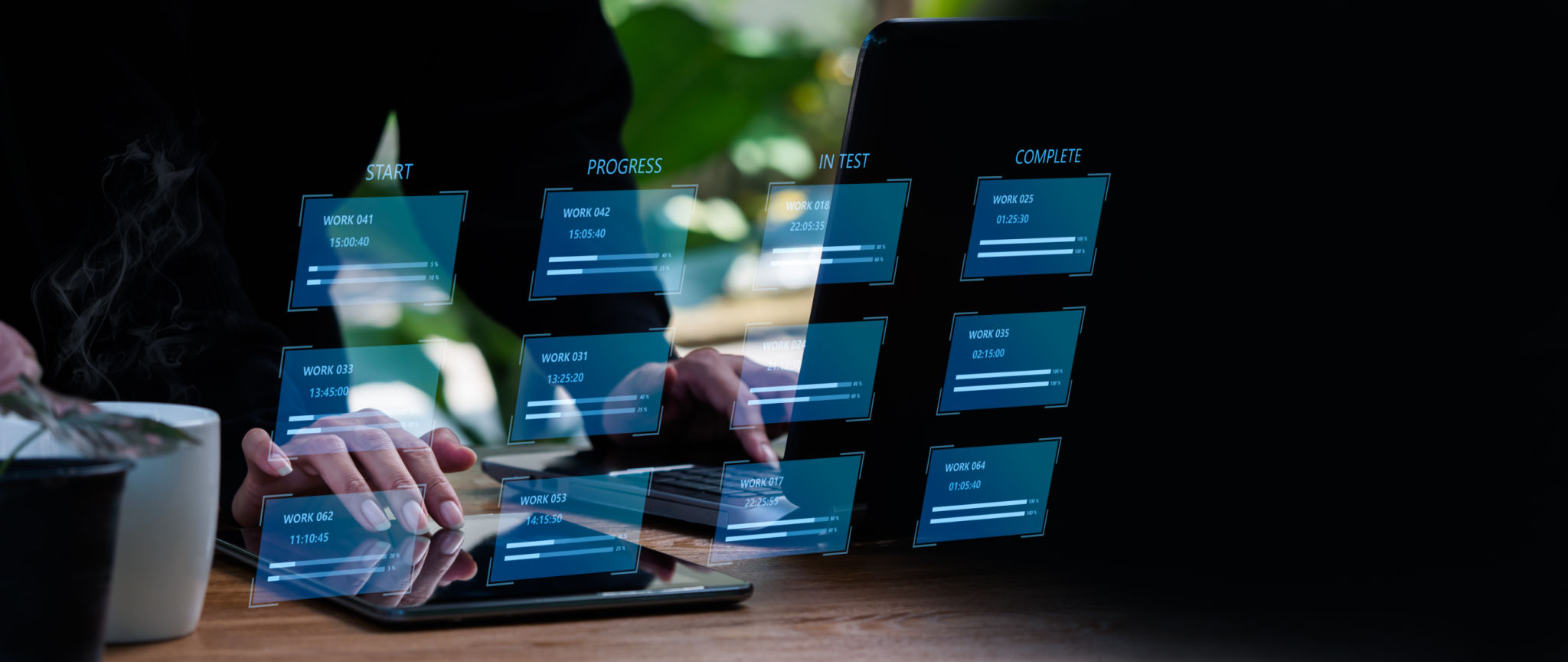Understanding the Software Development Lifecycle: Insights from RAGSTECH
AM
Introduction to the Software Development Lifecycle
In the world of technology, understanding the Software Development Lifecycle (SDLC) is crucial for delivering high-quality software products. At RAGSTECH, we believe that a well-defined SDLC is the backbone of efficient and effective software development. This lifecycle consists of a series of phases that guide teams from initial concept to deployment and maintenance.

Planning and Requirement Analysis
The first phase of the SDLC is planning and requirement analysis. During this stage, stakeholders collaborate to understand the project's scope and objectives. Gathering requirements is a critical step that involves in-depth discussions to ensure that the final product meets user needs. This phase sets a solid foundation for the entire development process.
Importance of Stakeholder Involvement
Engaging stakeholders early in the project can prevent misunderstandings and ensure that all parties have a clear vision of the project goals. At RAGSTECH, we emphasize open communication and iterative feedback to refine requirements continuously.
System Design
Once requirements are clearly defined, the next step is system design. This phase involves creating a blueprint for the application, detailing system architecture, data flow, and interface layouts. Effective design ensures that developers have a clear roadmap to follow, reducing potential delays during coding.

Ensuring Scalability and Security
During system design, considering scalability and security is vital. A well-architected system can handle growth and adapt to future changes without compromising security. Our team at RAGSTECH prioritizes these aspects to build robust and reliable software solutions.
Development and Coding
The development phase is where the actual coding takes place. Developers transform design documents into functional software by writing code in various programming languages. This phase requires attention to detail and collaboration among team members to ensure consistency and quality.
Best Practices in Coding
Following best practices in coding, such as adhering to coding standards, performing code reviews, and writing unit tests, can significantly impact the success of the project. These practices help maintain code quality and simplify future maintenance efforts.

Testing and Integration
After development, rigorous testing is conducted to identify and resolve any defects or issues. Testing ensures that the software functions as intended and meets the specified requirements. Integration testing is also performed to verify that different modules work seamlessly together.
Types of Testing
The testing phase may include various types such as unit testing, integration testing, system testing, and user acceptance testing (UAT). Each type plays a unique role in ensuring the software's reliability and performance.
Deployment and Maintenance
Once testing is complete, the software is deployed to a live environment where it becomes available to users. However, the SDLC doesn't end here; maintenance is an ongoing process that involves managing updates, patches, and enhancements based on user feedback and technological advancements.

Continuous Improvement
At RAGSTECH, we advocate for continuous improvement throughout the lifecycle. By regularly assessing performance and incorporating user feedback, we can enhance the software's functionality and user experience over time.
Conclusion
The Software Development Lifecycle is a structured approach that ensures successful software delivery. Understanding each phase helps organizations like RAGSTECH manage projects efficiently and produce high-quality products. By following a well-defined SDLC, businesses can mitigate risks, control costs, and satisfy customer expectations.
